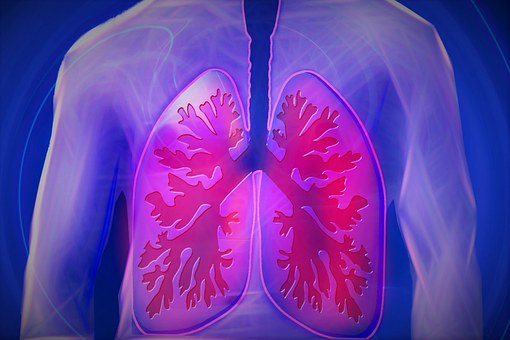Lesser Known Facts About Lung Cancer
The WHO has declared cancer as one of the leading causes of death worldwide, with an estimated eight million deaths, annually. What is even more alarming is the fact that the number of new cancer cases will rise by 70 per cent over the next two decades. In India, experts say the scenario is no different. In a population of 1.2 billion, every year one million new cases of cancer is diagnosed.
Among the various types of cancers. one of the lesser-known but extremely serious kinds of cancer is lung cancer. Earlier considered to be rare, lung cancer has now reached epidemic proportions in global populations. The well-recognized risk factors for lung cancer are smoking – both active and passive, air pollution, dietary cholesterol and family history.
However, of late, chronic obstructive pulmonary disease (COPD) too, has emerged as a potent risk in the development of lung cancer. Although in the past, there have been studies suggesting an association between lung cancer and COPD, chronic obstructive pulmonary disease as a major risk factor for lung cancer has not received due attention.
“Health experts nail the missing link between lung cancer and chronic obstructive pulmonary disease (COPD), recognizing it as an even bigger risk factor than smoking.”
COPD And Lung Cancer
COPD affects the airways inside the lungs and causes problems like shortness of breath, cough and chest tightness. It affects about 210 million people worldwide. In India, the figure is 17 million and by 2016, the number is likely to reach 22 million. According to experts, patients with COPD are at higher risk of developing primary lung cancer as well as a poor outcome after lung cancer diagnosis and treatment.
Due to the subsisting impairments in lung function, patients with COPD frequently do not meet conventional criteria for tolerance of classic surgical lung cancer therapy. It has also been stated that the risk of lung cancer in patients with COPD is two to five times higher as compared with smokers without COPD.
The inflammation which takes place in COPD has been thought to result in recurring airway lining injury and additional high cell turnover rate as well as proliferation of genetic errors, resulting in magnification of cancerous effects of cigarette smoking. Therefore, it is important for people to understand that proper treatment and management of COPD is imperative to avert the threat of lung cancer.
Treatment Options
Lately, inhalation therapy has been found as an effective and sale treatment option, exhibiting improved clinical outcomes in patients suffering from COPD. In a multi-center cohort study of patients with COPD conducted in the United States Of America Veterans Administration Health System, it was established that the use of inhaled corticosteroids significantly decreased the risk of lung cancer among participants.
In another meta-analysis of seven randomized trials conducted to study the benefits of inhalation therapy, a similar trend was observed with a reduced lung cancer risk in the inhaled corticosteroid—treated groups.
Medical therapy for COPD includes the use of long-acting bronchodilators, often in combination, as well as inhaled corticosteroids for patients with recurrent COPD exacerbations. When compared to oral medications, experts believe that inhalation therapy is safer and clinically more effective in the long run. Inhaled corticosteroids directly reach the damaged airways and lesser quantity of the drug is enough to relieve the symptoms, limiting the risk of adverse systemic reactions.
The amount of drugs required to be administered turns out to be very large when taken in the form of tablets or syrups. It is almost 50 times more than the necessary amount wherein the drug also reaches other organs, such as the liver, kidney, and heart, among others, leading to side-effects. Thus, the risk-benefit ratio is far more in favour of inhalers (localized drug delivery) as compared to tablets and syrups (systemic drug delivery).
So, despite COPD being incurable, notwithstanding the patient adopting a healthy lifestyle, quitting smoking, avoiding pollution and resorting to treatments, such as inhalation therapy, one can alleviate its symptoms and steer clear of the risk of contracting lung cancer.
